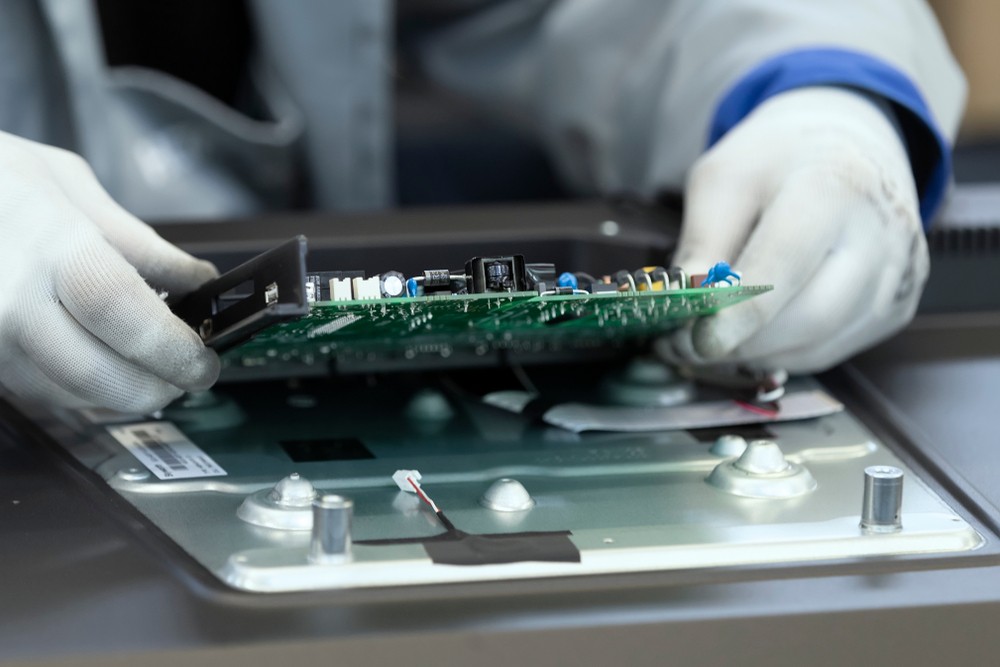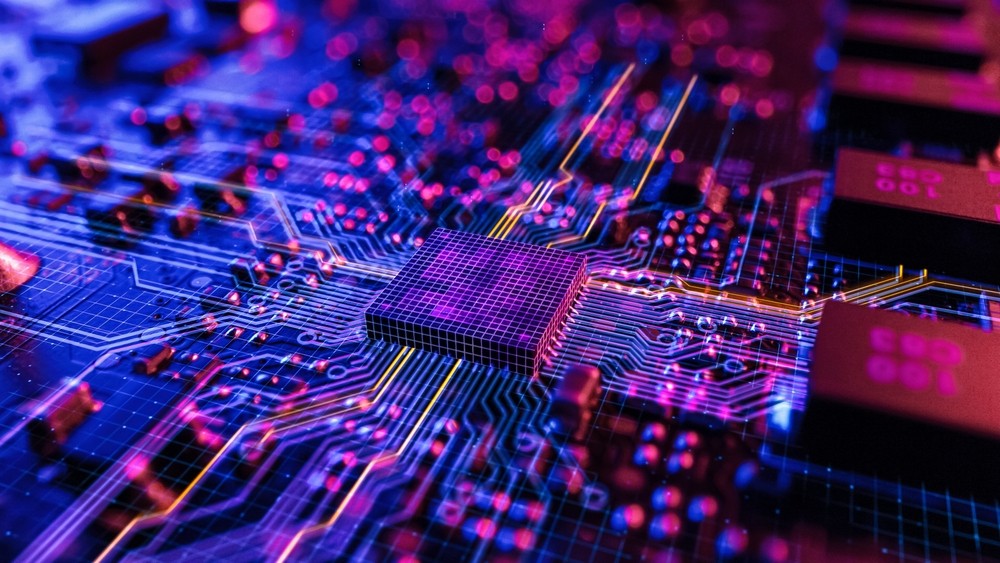Why Regular PCB Cleaning Is Crucial in Summer

For industrial professionals and factory managers, maintaining optimal performance throughout the year is a constant objective — and a moving target as seasons change. As summer approaches and temperatures rise, one crucial aspect of preventive maintenance often gets overlooked: cleaning printed circuit boards (PCBs).
Caring for critical PCBs
While PCBs are critical to modern electronics, dust, dirt, and contaminants can accumulate on their surfaces, leading to a cascade of problems during the hotter months. Here’s why regular PCB cleaning is essential for maintaining peak performance and preventing costly downtime:
- Heat dissipation: PCBs generate heat during operation. This heat needs to dissipate effectively to prevent overheating and component failure. A layer of dust or grime acts as an insulator, trapping heat around sensitive components. Regular cleaning ensures optimal heat transfer, keeping your PCBs operating within safe temperature ranges.
- Electrical conductivity: Dust and contaminants can disrupt the delicate electrical pathways on a PCB. This can lead to signal interference, malfunctions, and even short circuits. Keeping PCBs clean ensures proper electrical conductivity for reliable operation.
- Moisture: Summer often brings increased humidity. This moisture can condense on dirty PCBs, promoting corrosion. Corrosion can damage traces, solder joints, and other components, leading to permanent malfunctions. Regular cleaning reduces the risk of corrosion by removing contaminants that could attract moisture.
- Prevention of component strain: Overheating due to trapped heat puts additional stress on PCB components. This can shorten their lifespan and increase the likelihood of premature failure. Regular cleaning helps maintain a cooler operating environment, extending the life of your valuable equipment.
- Improved efficiency: Dirty PCBs can lead to decreased efficiency. Dust and grime can interfere with airflow, further hindering heat dissipation. Regular cleaning ensures optimal airflow and heat transfer, allowing your equipment to operate efficiently and potentially even reducing energy consumption.
While the challenges are amplified in summer, the benefits of regular PCB cleaning extend throughout the year. A proactive cleaning schedule reduces the risk of unexpected breakdowns, minimizes maintenance costs, and ensures reliable performance from your equipment.

How often should you clean PCBs?
The frequency of PCB cleaning depends on several factors, including the operating environment, the type of equipment, and the level of dust and contamination present. A good rule of thumb is to perform a thorough cleaning at least quarterly, with more frequent cleaning recommended for environments with high dust or contaminant levels.
The specific cleaning method will depend on the type of PCB and the level of contamination. Generally, compressed air is a good first step for removing loose dust and debris. For more stubborn dirt or grime, isopropyl alcohol (IPA) is a common cleaning agent. Always consult the manufacturer’s recommendations for proper cleaning procedures and approved cleaning solutions to avoid damaging sensitive components.
Safety first!
Always ensure the equipment is powered down and properly discharged before cleaning PCBs. Use appropriate personal protective equipment (PPE) such as safety glasses and gloves when handling cleaning solutions.
Keep PCBs clean to keep your cool this summer
Taking the time to regularly clean PCBs is a proactive approach to preventive maintenance. By removing dust, dirt, and contaminants, you can ensure optimal performance, prevent costly downtime, and extend the lifespan of your valuable equipment.